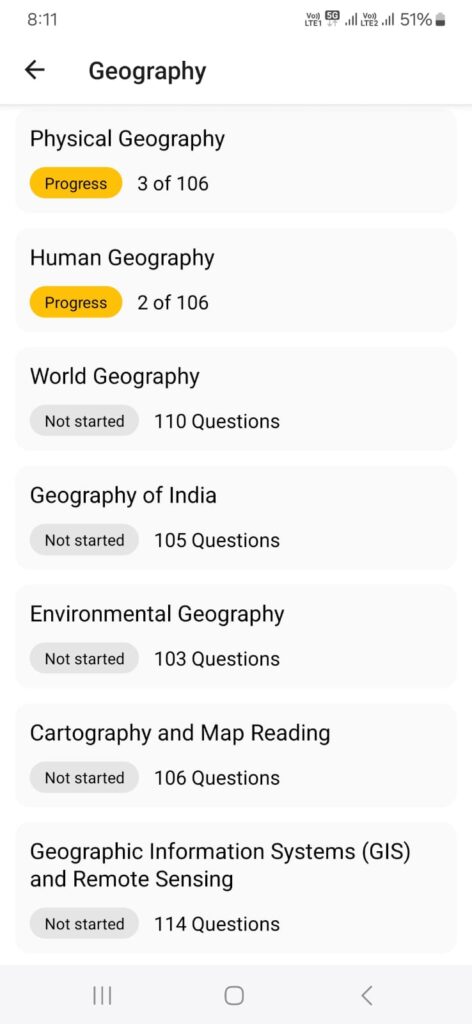Ready for your SSC exams? Our app has all you need: easy study tools, the best materials, and practice tests. Download now to start studying smarter!
Download NowIndian Geography is a vast subject that encompasses the diverse physical features of the second-most populous country in the world. From the towering Himalayas in the north to the coastal plains in the south, Indian Geography plays a critical role in influencing the climate, culture, and economy of the country. This blog post explores the major physical features of India, providing SSC CGL aspirants with essential insights.

The Himalayas
- Location and Formation: The Himalayas stretch across the northern borders of India, forming a barrier between the Indian subcontinent and the rest of Asia. These mountains were formed by the collision of the Indian plate with the Eurasian plate, a process that continues to this day, making the Himalayas one of the most seismically active regions in the world.
- Significance: The Himalayas play a crucial role in determining the climate of India by blocking cold winds from Central Asia. This results in milder winters in the subcontinent. They are also the source of major rivers like the Ganges and the Brahmaputra, which are vital for agriculture in northern India.
The Northern Plains
- Formation: Formed by the alluvial deposits brought by the rivers originating in the Himalayas, the Northern Plains are among the world’s largest and most fertile lands.
- Characteristics: This region includes the states of Punjab, Haryana, Uttar Pradesh, Bihar, and parts of Assam. The plains are pivotal for India’s agriculture, often referred to as the “Granary of India.”
The Peninsular Plateau
- Location: The Deccan Plateau, part of the larger Peninsular Plateau, is bordered by the Western Ghats on the west, the Eastern Ghats on the east, and is surrounded by the Vindhya and Satpura ranges in the north.
- Features: Characterized by black soil that is highly suitable for cotton cultivation, the plateau is rich in minerals, making it a hub for India’s mining industry.
The Coastal Plains and Islands
- Western and Eastern Coastal Plains: Stretching along the Arabian Sea and the Bay of Bengal respectively, these plains support rich vegetation and are heavily populated due to their proximity to the sea.
- Islands: India has two major group of islands – the Lakshadweep Islands in the Arabian Sea and the Andaman and Nicobar Islands in the Bay of Bengal. These islands are strategically important for India’s maritime security and also support unique ecosystems.
The Thar Desert
- Location: Situated in the northwestern part of India, the Thar Desert is characterized by sandy soil, sparse water supply, and high temperatures.
- Significance: Despite its harsh conditions, the Thar Desert has a vibrant culture and plays a significant role in the defense architecture of India due to its location near the Pakistan border.

Understanding the physical geography of India is crucial for anyone preparing for the SSC CGL and other competitive exams. These features not only shape the country’s economy and culture but also affect its relations with neighboring countries. A thorough grasp of Indian Geography helps in appreciating how the natural environment influences various aspects of life in India.

